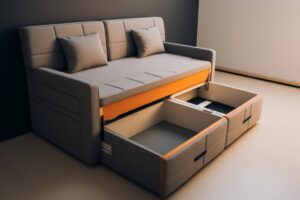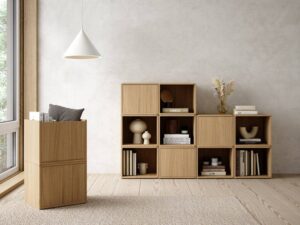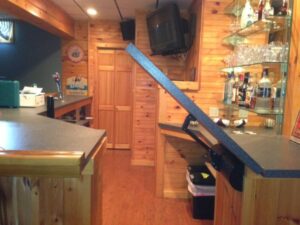The Interior Design Blog
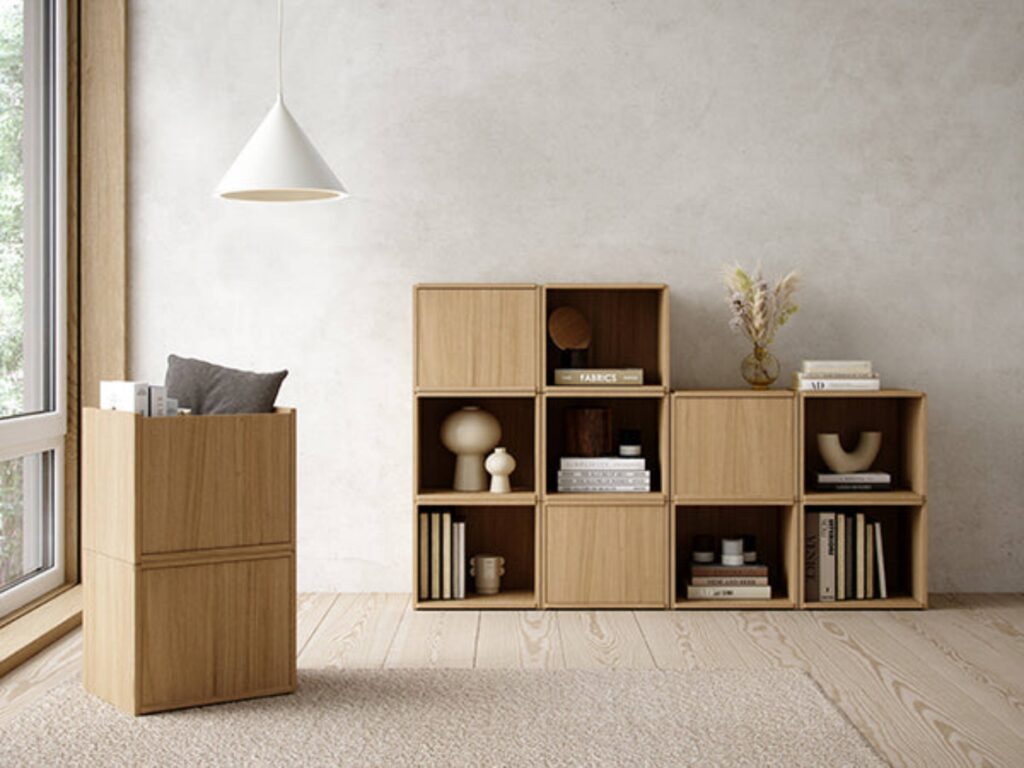
Using Modular Cubes for Flexible Storage Design
Life doesn’t stay the same for long — and neither should your storage. One year it’s storing baby bottles, the next it’s craft supplies or tech gear. That’s why modular cube storage is fast becoming the go-to choice for renters, home organisers, parents, and design lovers alike. It’s not just about saving space. It’s about shaping that space to work for your needs — over and over again.
Customisable organisation used to mean spending a fortune on fitted furniture. Now, it means finding smart, reconfigurable systems that grow with you — and actually look good doing it. With space-saving design and impressive flexibility, modular cubes deliver just that.
In this guide, we’ll explore why cube storage stands out, how to use it effectively across different rooms, and what to consider when curating your own stylish, functional system that adapts with your home and your life.
Why Modular Cubes Are Made for Today’s Homes
Flexible by Nature
Unlike fixed shelves or built-in cabinets, modular cubes are stackable, movable, and endlessly rearrangeable.
That means:
- You can build up, out, or around corners
- You can mix open and closed cubes as needed
- You can use them horizontally, vertically, or both
They’re ideal for people who want freedom to experiment with layout, whether you’re rearranging every few months or simply evolving as your needs change.
Designed for Small Spaces
When you’re living in a compact home, multi-functionality is everything.
Modular cube storage helps you:
- Maximise vertical space without bulk
- Segment by purpose (e.g. tech in one cube, hobby supplies in another)
- Tuck into awkward corners or between existing furniture
It’s a principle that matches perfectly with other solutions like vertical drawers for tight spaces, where smart form factors make the most of forgotten zones.
Where Modular Cubes Work Best
1. Living Room Display + Storage
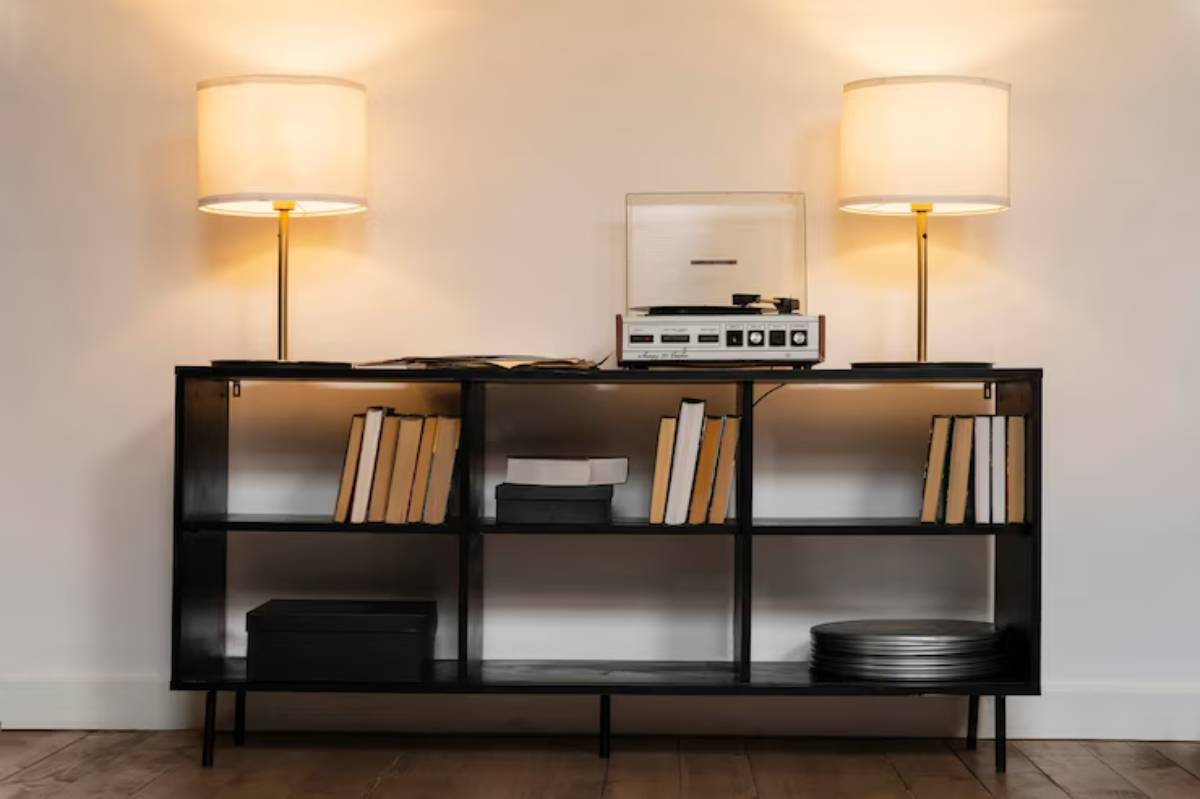
Use cubes as open shelving for books, plants, and decor, with baskets or drawers in lower units to hide less-attractive bits like chargers or board games. Stack them symmetrically or asymmetrically, depending on the look you want.
Perfect for:
- Media accessories
- Remote controls
- Craft items
- Books and magazines
2. Entryway Command Centres
The entryway is where clutter collects fast. A short 2×2 or 3×1 cube grid can serve as a catch-all for:
- Mail and keys
- Shoes and slippers
- School bags or umbrellas
- Dog leads and clean-up kits
Add a small bench on top with a cushion to double up on seating.
3. Bedroom Closets and Wardrobes
Tired of overstuffed drawers or bending for under-bed bins? Modular cubes keep clothing and accessories visible and compartmentalised.
Use them for:
- Folded jumpers and tees
- Shoes in individual cubes
- Bags, hats, or belts
- Seasonal clothing rotation
They also work well inside wardrobes or walk-ins to create a makeshift drawer system, without any installation.
4. Kids’ and Teen Rooms
Cubes are a staple in children’s rooms because they:
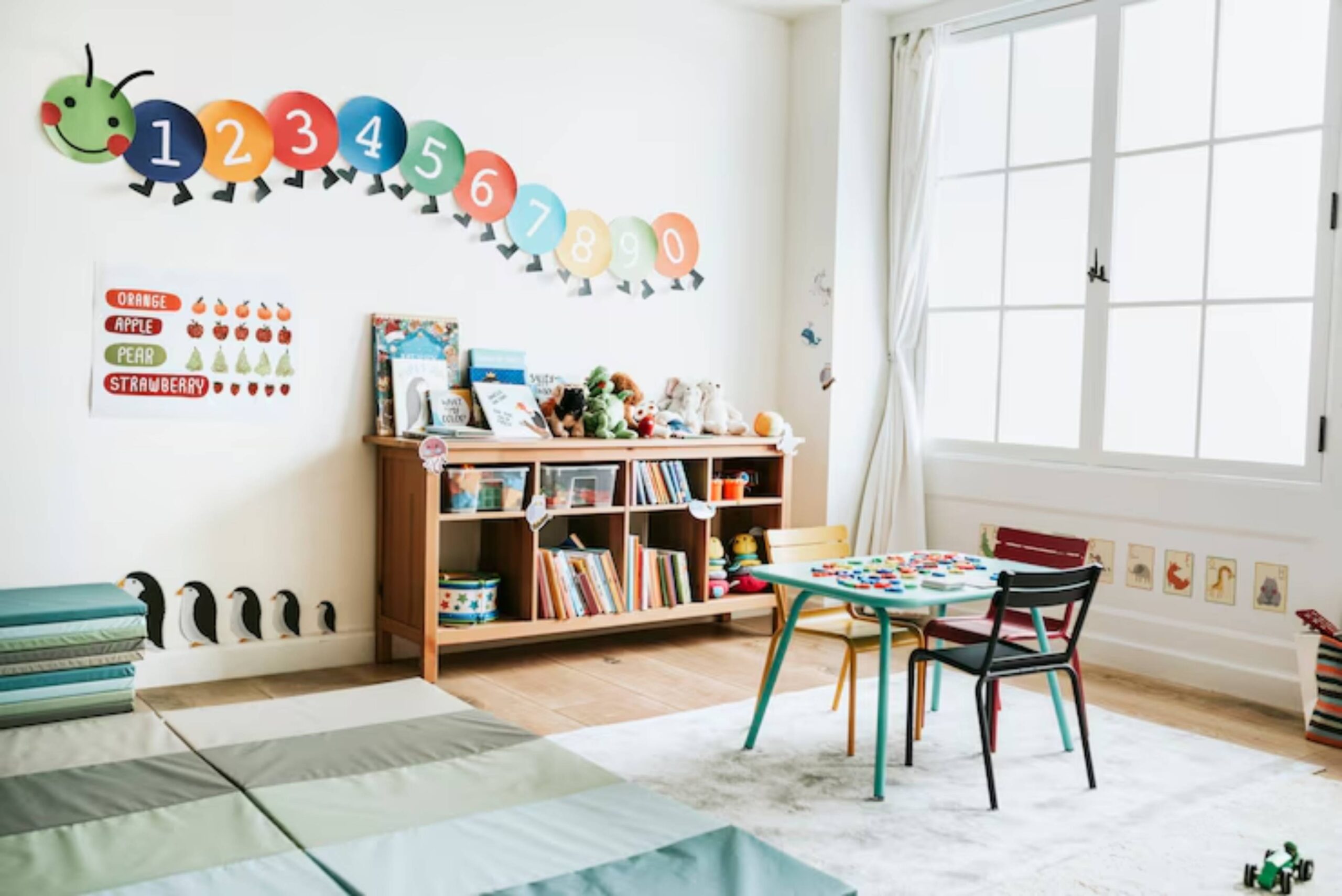
- Fit toys, books
- Can be rearranged as kids grow
- They are easy to clean and label
- Allow independent tidying
Go for soft or rounded cube styles for younger kids, and open shelving for tweens and teens.
Choosing the Right Cube System for You
Consider Size and Grid Shape
Cubes typically come in 12″, 13″, or 15″ squares — check your available wall space and what you plan to store.
- Smaller cubes (12″) are ideal for media, books, and small decor
- Larger cubes (15″) suit baskets, shoes, and bulkier items
- Mix vertical stacks (e.g. 2×4) for narrow rooms with horizontal layouts (3×3) for anchoring larger walls
Mix Open + Closed
One of the best ways to keep your setup feeling tidy is to alternate between open cubes and those with baskets or drawers. Open ones allow visibility; closed ones hide the mess.
- Use solid fabric bins for hidden clutter
- Choose wicker or wood for a natural texture
- Try transparent boxes in utility or craft rooms
Design Tips to Keep Modular Systems Looking Cohesive
Match Finishes and Tones
If your cubes come in varied finishes, choose bins or accessories that create cohesion.
For example:
- Match light wood cubes with linen or cream fabric bins
- Pair black or metal frames with industrial baskets or greys
- Use monochrome bins for a minimalist theme
The idea is to turn your customisable organisation into a styled feature.
Use Labels or Visual Cues
It’s easier to keep a system functioning long-term when everyone knows what goes where.
Try:
- Chalkboard or magnetic labels
- Engraved wooden tags for kids’ rooms
- Picture cues for younger children
- Discreet stickers on the inside corners of bins
This is especially useful in shared family homes, where cube contents change frequently.
How to Keep Your Cube Storage Functional Over Time
Even the best storage system loses its shine if it’s not reviewed regularly.
Here’s how to keep yours effective:
- Quarterly check-ins — reorganise based on what’s changed (e.g. hobbies, school terms, seasonal items)
- Rotate bins — swap less-used items to higher cubes
- Purge once a season — remove things you haven’t used in 3+ months
- Create a “buffer cube” — a catch-all for items that don’t yet have a home
This helps maintain a space-saving design that doesn’t turn into “hidden clutter” over time.
Creative Ways to Use Modular Cubes Beyond the Obvious
- Room divider: Use a double-sided cube system to split open-plan areas without building walls
- Under-stairs unit: Customise a cube build that follows the slope of your staircase
- Media centre: Combine horizontal cubes with a floating TV to anchor your entertainment area
- Work-from-home nook: Stack 3×1 or 4×1 cubes beside your desk for stationery and storage
If you’re already leveraging modular storage units for tiny spaces, this system will feel like a natural extension, just even more flexible.
Conclusion: Modular Cubes That Move With Your Life
Storage isn’t static. Your lifestyle changes, your family grows, your hobbies evolve — and your home should keep up. Modular cube storage lets you design for now and later, blending aesthetic appeal with real-world function.
Whether you’re styling your first flat, organising your child’s bedroom, or upgrading your home office, this system offers flexibility without commitment. It’s storage that adapts, shifts, grows, and — most importantly — works.
So why settle for fixed when you can be fluid?



